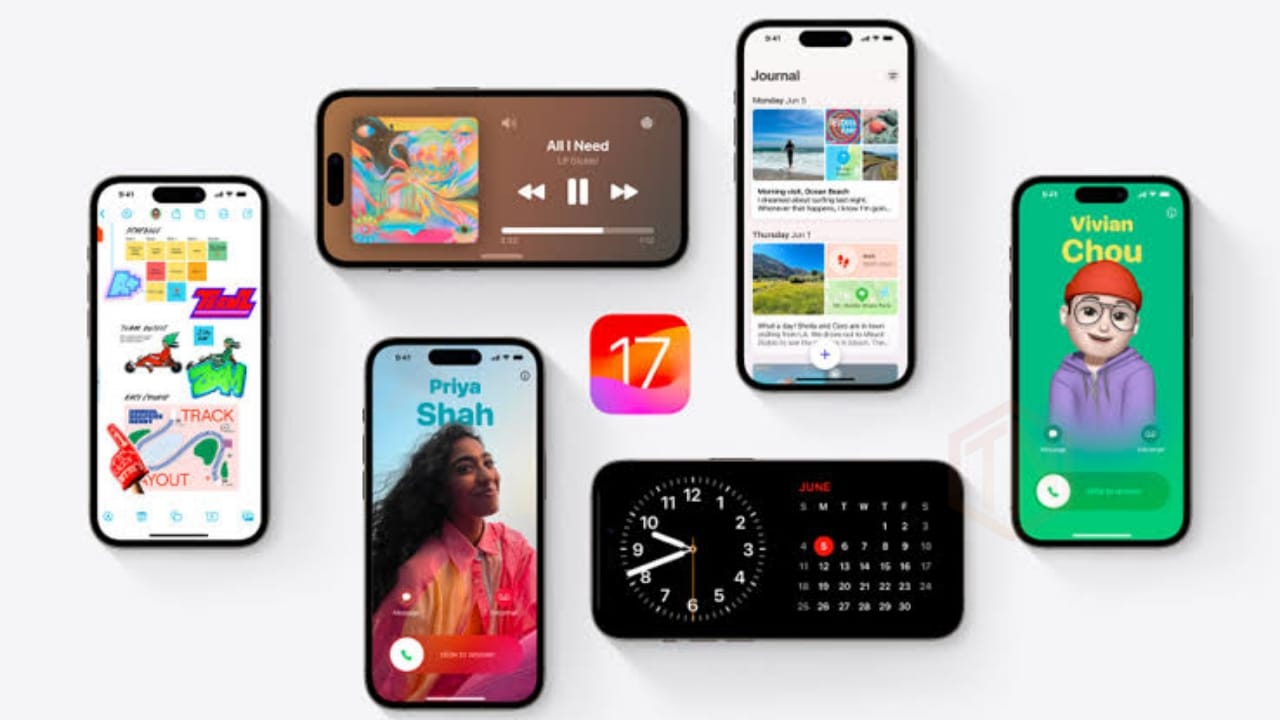
Despite Apple's latest software update, iOS 17, boasting an array of new features and improvements, its adoption rate among iPhone users falls short compared to its predecessor, iOS 16. As of February 2024, only 76% of iPhones released in the past four years have jumped, falling short of the 81% adoption rate iOS 16 boasted at the same stage. This 5% gap sparks curiosity about the factors influencing users' hesitant approach to upgrading.
Several potential explanations contribute to this disparity in adoption rates. Early releases of iOS 17 experienced pesky bugs and concerns about battery drain, facing criticism from its users. Though subsequent updates have smoothed things out, the initial negativity might have left some users wary of taking the plunge.
Furthermore, the perceived value proposition of iOS 17's features could play a role compared to those offered in iOS 16. While iOS 17 brings its share of improvements, some users might find the new features less captivating compared to the bells and whistles of iOS 16. If they don't perceive a substantial upgrade benefit, they are more likely to postpone the update until they see a significant advantage.
Not all iPhones are created equal, especially regarding software compatibility. Unlike iOS 16, which supports a wider range of older iPhone models, iOS 17 has stricter hardware requirements. This means certain older devices are no longer eligible for the upgrade, leaving their users stuck with iOS 16. This exclusion could be another reason behind the slower adoption rate, as some users simply cannot upgrade even if they want to.
Compatibility concerns might also be a contributing factor. Interestingly, the adoption story paints a different picture for iPads. iPadOS 17, the tablet's counterpart to iOS 17, enjoys a 61% adoption rate among newer iPads, surpassing the previous version's rate at the same point. This suggests the features in iPadOS 17 resonate more strongly with tablet users, prompting them to embrace the update more readily.
In conclusion, while iOS 17 remains widely used, its adoption rate lags behind iOS 16's initial success. Early teething problems, the perceived value of new features, and compatibility limitations might all contribute to this slower uptake. However, as iOS 17 evolves with future updates and potential feature enhancements, it remains to be seen if it can bridge the gap and ultimately win over the hearts (and smartphones) of iPhone users.



Leave a Reply